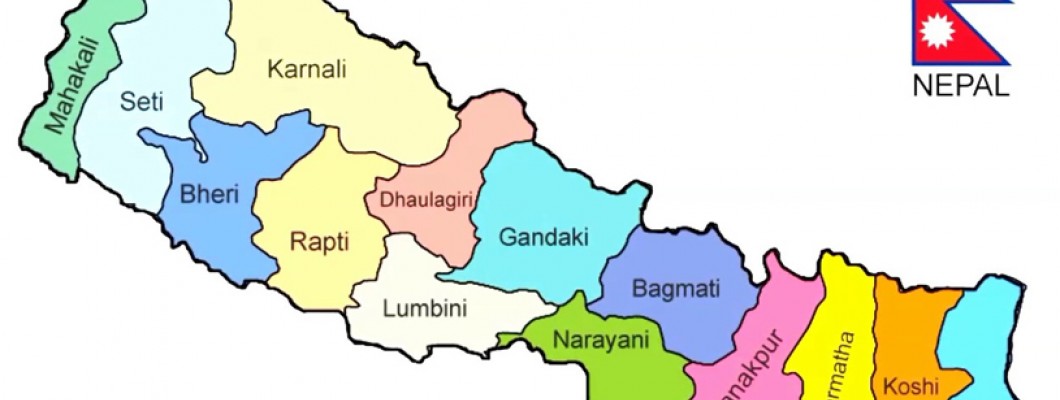Uncategorized
Nepal : Himalayan Kingdom
Nepal is land – locked country bordering with the Tibet Autonomous Region of the People’s Republic of China in the north and surrounded by India in the east, south and west. Nepal is known as not only the Land of Everest but also the land of Buddha. It’s a land of yaks and yetis & country of temples.
Having world’s best and archeologically very important temples, and some of the best walking trails on the Earth. The Himalaya’s most sophisticated urban cultures took shape here, in the three great minikingdoms of the Kathmandu Valley – Kathmandu, Patan and Bhaktapur – home to a world-class artistic and architectural heritage
The kingdom has long exerted a pull on the Western imagination and it’s a difficult place to dislodge from your memory once you visit Nepal and return. This is why so many travelers are forced to visit Nepal again and again with a greater appreciation of its natural and cultural complexity, a stout pair of walking boots and a desire for improved leg-definition.
In the northern region of high Himalayas, the Tibetan speaking, the Sherpas, the Dolpas, the Lopas, the Baragaonlis, the Manangis live in different settlements scattered along the country. The Sherpas are mainly confined in the east in the Solu and Khumbu region. The Baragaonlis and the Lopas live in the semi- deserted area of the upper and lower Mustang in the part of the Tibetan plateau in the rain shadow area; the Managis in the Manang district and the adjacent areas; and the Dolpas in the highest settlements on the earth in the Dolpa district of Nepal ( in the west) at an altitude of above 4000 m
Nepal occupying only 0.1% of the total landmass of the earth is home to
2% of all the flowering plants in the word
8% of the world’s population of birds (More than 848 species)
4% of mammals on earth
11 of the world’s 15 families of butterflies (more than 500 species)
600 indigenous plant families
319 species of exotic orchids
In the middle hills and valleys, there coexist numerous ethnic groups. Among them are the Magars, Gurungs, Tamangs, Sunuwars, Newars, Thakalis, Chepangs and majority of Brahmans and Chhetris. The Brahmans and Chhetris have long dominance in all pervading social, religious and political realms. There are also some occupational castes e.g. the Damai ( tailor), Sarki ( Cobbler), Kami (Blacksmith) and Sunar (Goldsmiths). Though, there exists numerous dialects, the language of unification is the national language, Nepali, an Indo- Aryan language.

